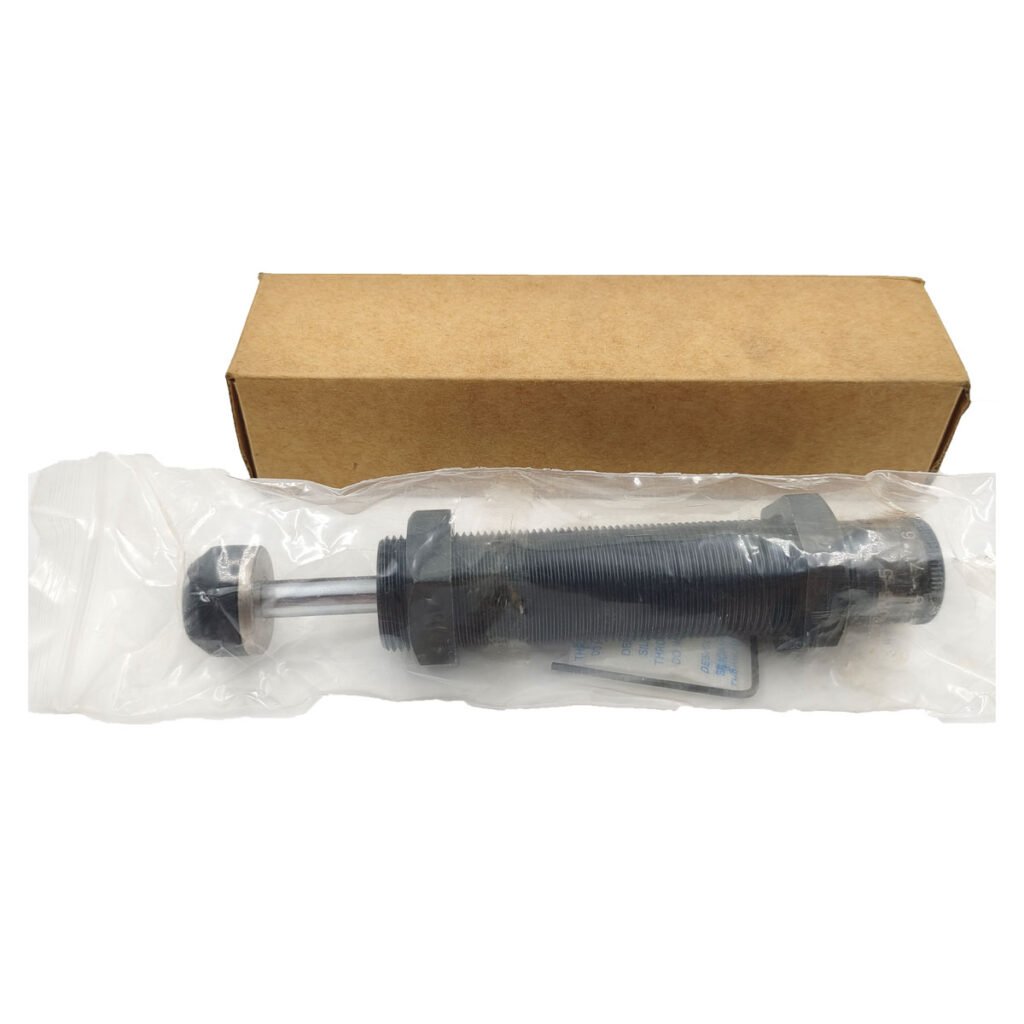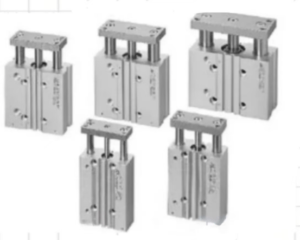The hydraulic buffer can effectively absorb the noise generated by high-speed movement, convert kinetic energy into heat energy and release it into the atmosphere, so the moving object can be stopped smoothly and effectively in each action.
The main structure of the hydraulic buffer is composed of body, piston rod, inner tube, piston, hydraulic oil, spring, etc. When the piston rod is affected by external force, it will drive the piston to squeeze the hydraulic oil in the inner tube, and the hydraulic oil will be discharged by the oil discharge hole on the inner tube, and at the same time, the chamber between the inner tube and the body and the oil return hole will return to the upper chamber of the piston, resulting in resistance; When the external force disappears, the spring springs the piston back to the starting point, and the hydraulic oil flows back to the lower chamber of the piston through the oil return hole and the oil discharge hole in turn, waiting for the next action.

Comparison of hydraulic buffers with other buffers
Spring and PU glue: it is not a constant force deceleration, and only consumes a small part of the kinetic energy, and most of the energy is stored in the form of elastic potential energy, so at the end of the stroke, it will inevitably produce very large resistance and rebound.
Hydraulic buffer: provides a near-constant resistance (or linear deceleration) throughout the cushioning stroke, and all kinetic energy generated during the process is converted to heat and dissipated to the surrounding environment.

Hydraulic buffer action
1. Eliminate shocks such as vibration and collision damage that are not required for mechanical movement
2. Greatly reduce noise and provide a quiet working environment.
3. Accelerate the frequency of mechanical action to increase output.
4. Improve the quality of the products produced.
5. Extend the mechanical life.
Tex/Fax: 0086-577-62840011
WhatsApp: 0086-13355775769
#pneumatic #Hydraulicbuffer #Oilpressurebuffer


